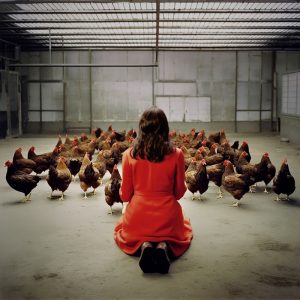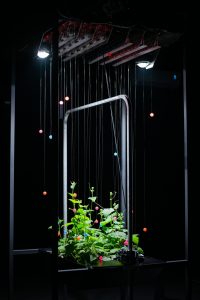My favourite project at the Royal College of Art work in progress show this year was by an architecture student from unit ADS.3 (tutors: Fernando Rihl, Kirsteen MacKay).
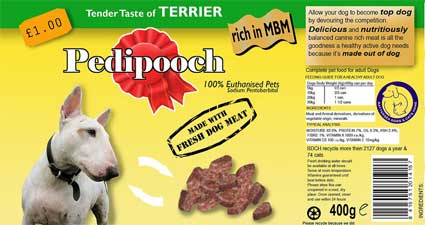
In Dog Eat Dog, Jordan Hodgson asks some though-provoking questions:
To what extent as a society are we willing to pursue the sustainable ideals of the 21st century? Are we willing to cross ethical boundaries and venture into taboo markets for these purposes?
2127 dogs and 74 cats are destroyed annually at Battersea Dogs & Cats Home (BDCH).
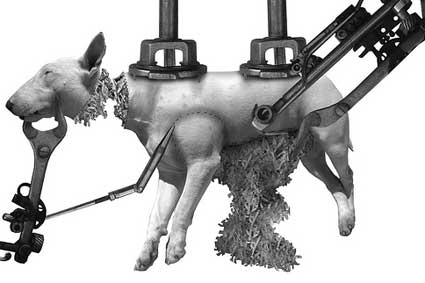
The biomass (70 478 kg) produced needs to be disposed of in a responsible, ecological fashion because of the many harmful agents given off when biological material decomposes. BDCH currently cremates these pets.
Would it be possible to regard this biomass waste as an untapped and positive resource waiting to be exploited, could it become both beneficial and complimentary to the centre? Hodgson proposes a solution to the issue which involves working simultaneously with the BDCH existing facilities and introducing new subversive and hidden elements such as turning the body of cats and dogs into pet food, setting up a dog fight betting business and developing the taxidermy potential of dogs. His scenario would turn a non-profit organization (BDCH) into a profitable one.
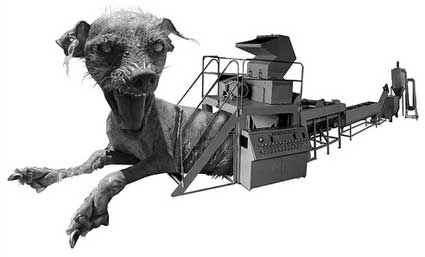
Along his research, the young architect gathered a series of facts and figures:
A dog is worth up to 35x more dead than alive from Battersea. Dogs are worth £85 at Battersea alive. Mounted in a taxidermy shop they are worth up to £3000.
105 068 stray dogs alone were destroyed in the UK last year. That is a 3% increase from the year before. (more details in 2007 Stray Dogs Survey Result Breakdown.)
10% of these animals were destroyed in London.
25% of the breeds that pass through BDCH home are Staffordshire and Bull Terriers.
10 000 dogs and cats (either strays or pets handed over by their owners) pass through BDCH annually.
158 500 cans of dog and cat food are consumed at Battersea each year.
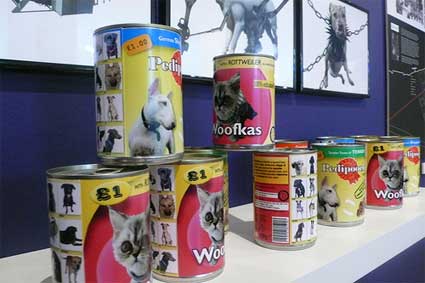
232 447 cans could potentially be produced by using the destroyed dogs and cats. They would feed all the animals living at the center.
5 483 extra cans would be produced that could be distributed for profit from the Battersea shop.
Alongside the existing shop in Battersea, Hodgson imagine that new facilities could open such as a “Taxidermy showcase & shop” to produce taxidermy on site, a taxidermy school and workshop to promote the profession of taxidermy and raise the UK profile. Caning factory producing dog (or cat) meat canned and labeled. A rendering plant to process dead animals into pet food.
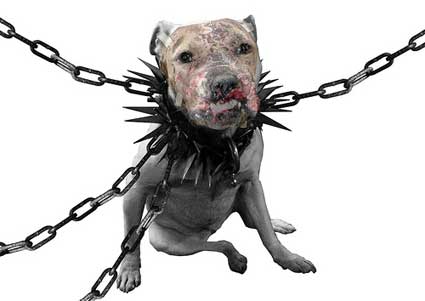
An online market would also be developed. For example, You Tube would be used for the betting purposes of the dog fights.
The recycling of pets is considered a repugnant market with many bioethical factors to be taken into consideration. With 22% of UK households being pet owners can we accept the justification of such a proposal? The project is sustainable but would it be acceptable?
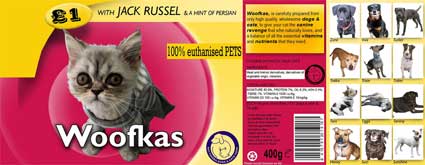
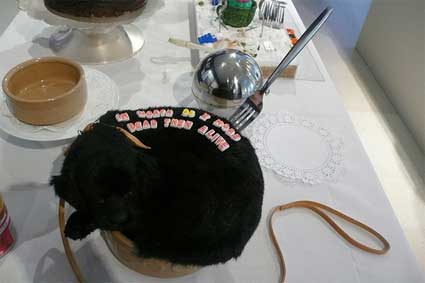 I’m worth 35 times more dead than alive
I’m worth 35 times more dead than alive
Images 1, 2, 3, 5 and 6 courtesy of Jordan Hodgson.
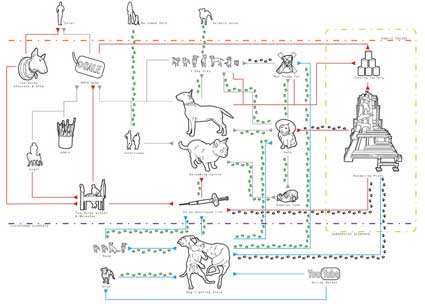 How the re-structured center would function (bigger size)
How the re-structured center would function (bigger size)
Related: A German inventor says he’s found a way to make cheap diesel fuel out of dead cats.

